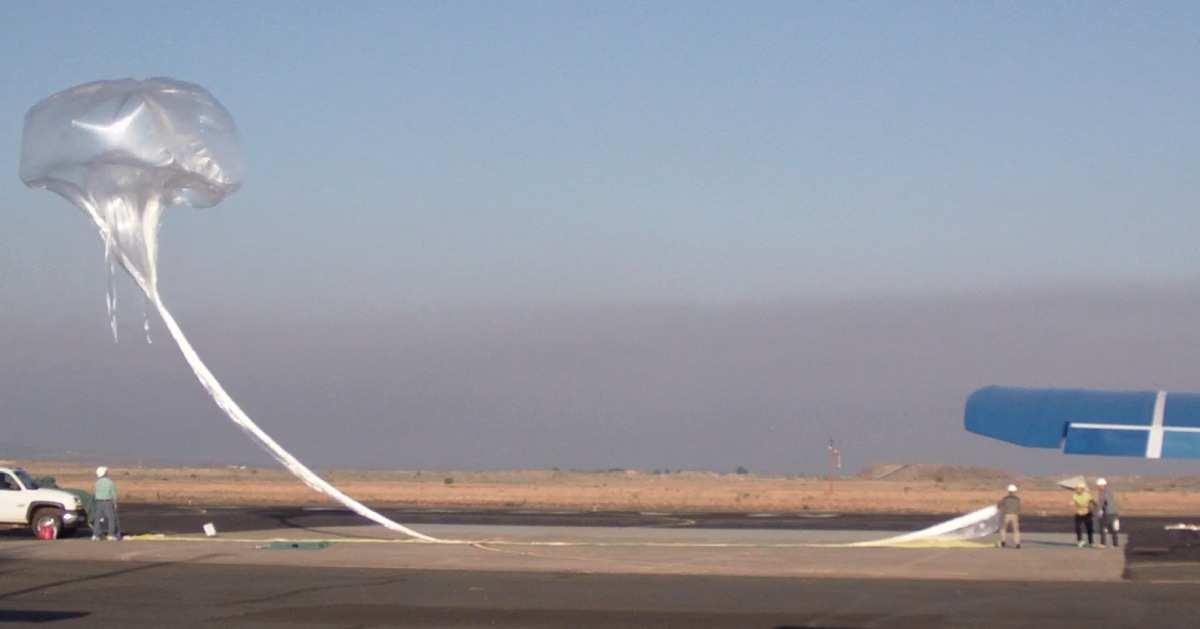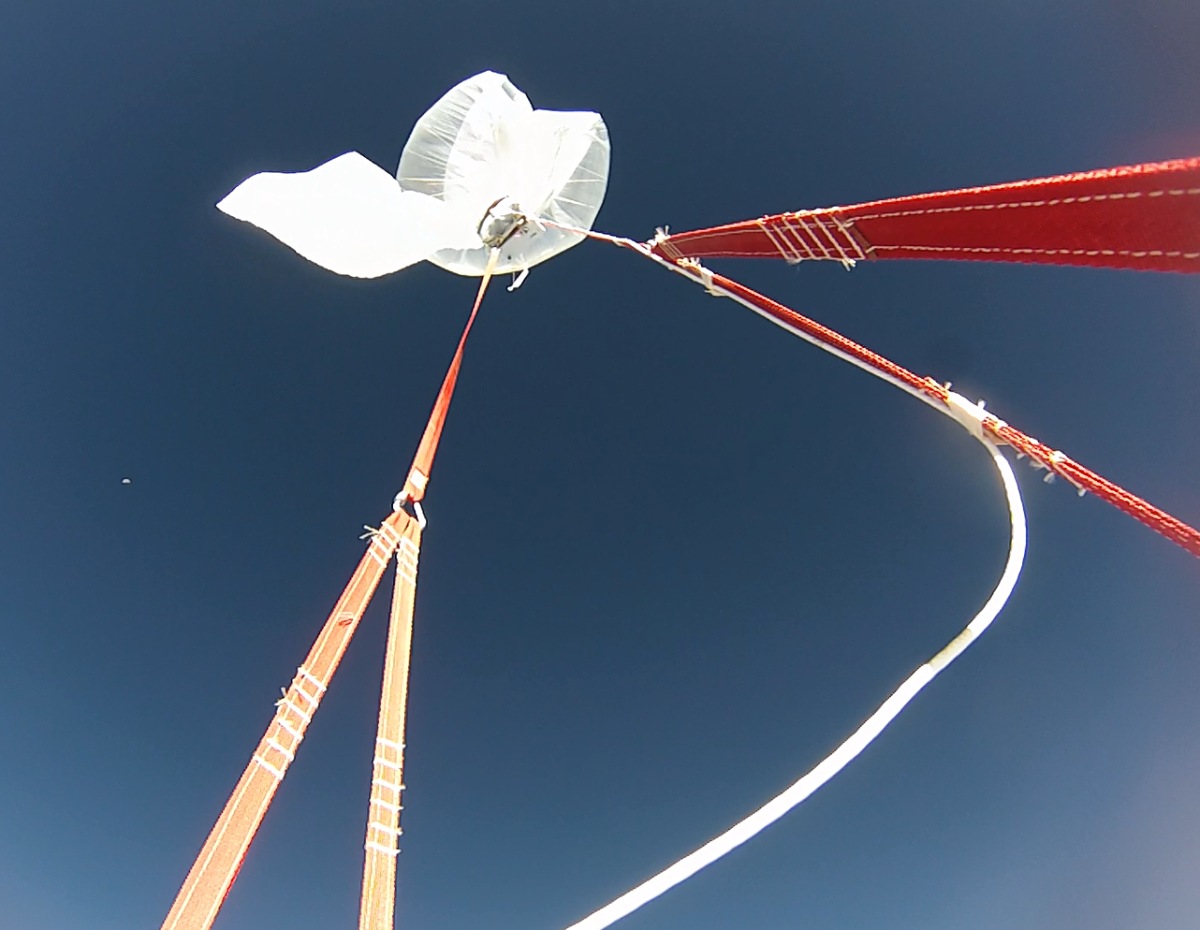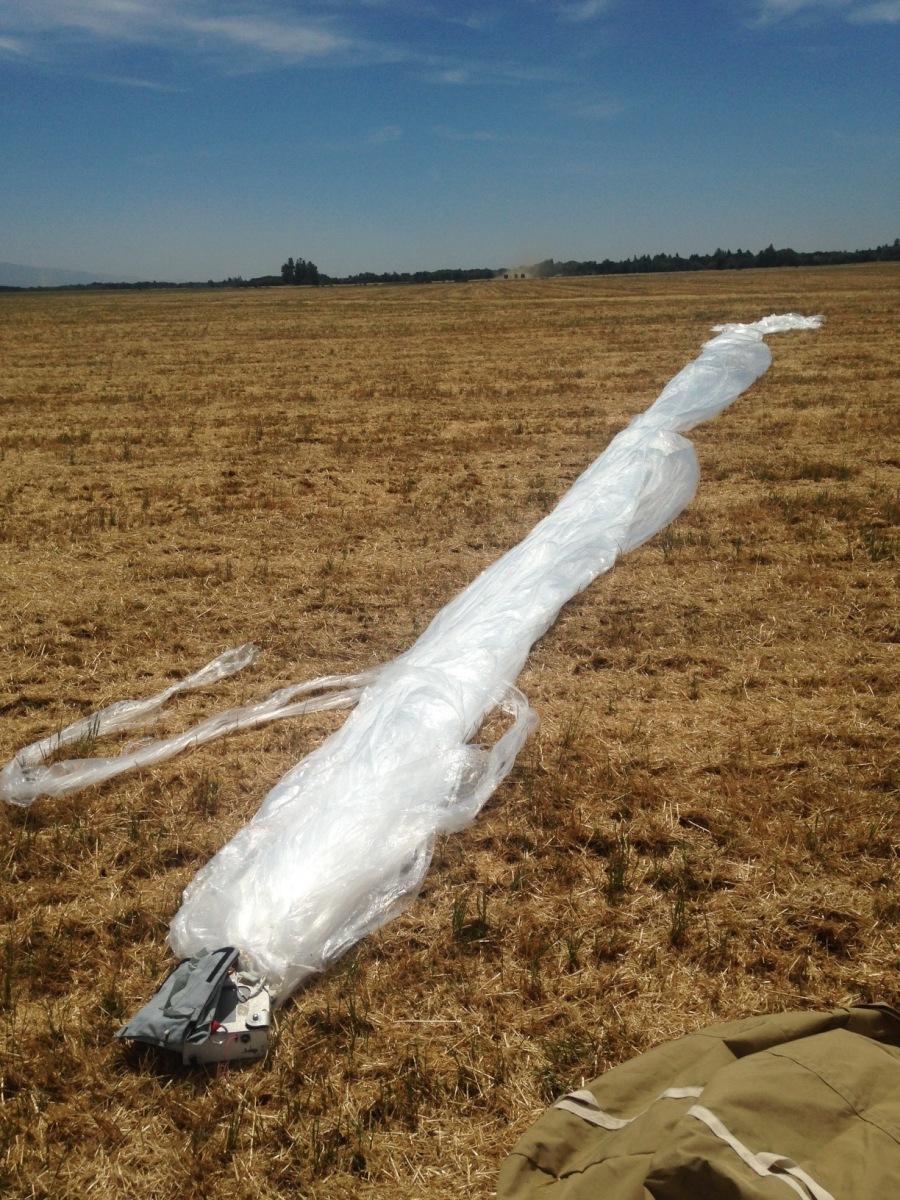Purpose of the flight and payload description
Automatic Dependent Surveillance-Broadcast (ADS-B) is a surveillance technology for tracking aircraft as part of the Next Generation Air Transportation System. ADS-B enhances safety by making an aircraft visible, real-time, to Air Traffic Control (ATC) and to other appropriately equipped ADS-B aircraft with position and velocity data transmitted every second. The United States will require the majority of aircraft operating within its airspace to be equipped with some form of ADS-B Out by January 1, 2020.
The international aviation community is also currently migrating to ADS-B. One current limitation to the worldwide implementation of ADS-B is a lack of ground stations (and hence position broadcasts to other aircraft) over large transoceanic and polar areas that are critical to the commercial aviation marketplace. To incorporate these areas under the ADS-B "umbrella", there are plans to include ADS-B nodes on future satellite platforms, including both Iridium and GobalStar next generation satellites.
To test the efficacy of overhead collection as it applies to the ADS-B architecture, Near Space Corporation (NSC) and CNS Aviation Services therefore partnered under NASA's Flight Opportunities Program to fly a surrogate satellite ADS-B system at high altitude to evaluate overhead reception of both Universal Access Transceiver (UAT; 978 MHz) and 1090 Extended Squitter (ES) ADS-B signals from operational aircraft and ADS-B ground stations by future satellite platforms. CNS Aviation provided the Transportable ADS-B Multi Link Airborne Coverage Evaluator (TAMLACE) dual frequency ADS-B transceiver that was integrated with the balloon systems for the tests. The FAA-AST Commercial Space Office sponsored CNS Aviation to modify the TAMLACE system to incorporate very high altitude GPS capabilities and an internal data recorder for all uplink and downlink ADS-B related messages on both 1090ES and 978UAT systems.
Details of the balloon flight
Balloon launched on: 7/18/2014
Launch site: Madras Municipal Airport, Oregon, US
Balloon launched by: Near Space Corporation (NSC)
Balloon manufacturer/size/composition: Zero Pressure Balloon
Flight identification number: SBS-05
End of flight (L for landing time, W for last contact, otherwise termination time): 7/18/2014
The balloon was launched on 18 July 2014, by Near Space Corporation (NSC) from the Madras Regional Airport (OR) with the specific goal of collect data during the period
of highest daily aviation air traffic density (10-11am PDT) as determined by the FAA's Seattle Center.
External references
- Flight Opportunities program NASA website
- Suitability of ADS-B as a Beacon for Stratospheric Balloon Platforms and Payloads AIAA Balloon Systems Conference, 2015
12722If you consider this website interesting or useful, you can help me to keep it up and running with a small donation to cover the operational costs. Just the equivalent of the price of a cup of coffee helps a lot.




